Personal Pantheon
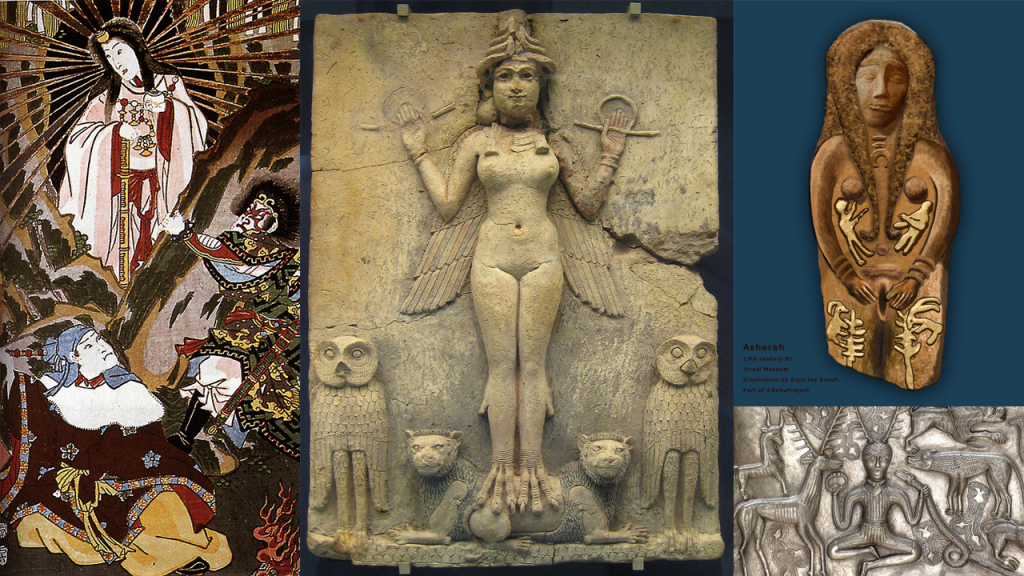
Long-time readers (or really, anyone who hasn’t been here very long, but has eyes) likely remember that I’m a Jew. Jews have the ethnoreligion, belonging to our race and with practices relating to our homeland, so called Judaism after us and our place of origin. Most people think “Abrahamic monotheism” and stop there. You can convert into Judaism (which I actually have to do because I’m Zera Yisrael) and ethnic Jews can also decide not to practice Judaism. There is also the very closely-related Samaritanism.
I do practice Judaism. However, there is more to it than many people know. It was not always monotheistic as many people attest. I also, as many long-time readers also know, grew up Pagan and with Shinto. My parents didn’t want me to have Jewish religion, and I did not know that I was genetically Jewish for a long time although looking back there were some obvious signs.
Anyway, personally, I believe in every deity. They are not all my deities, but they are out there, somewhere. I believe the gods are all connected and belong to the same, species, for lack of a better term, and may even all be part of the same being that splits to manifest as representations of the lands they reside in. So yes, I can technically say I believe in one God, but that God has many facets.
I was playing Ghost Exorcism Inc (previously Ghost Hunters Corp, which is still what I call it in my head) with Vily the other day and they’ve now updated the Japanese temple map, and it’s absolutely beautiful.

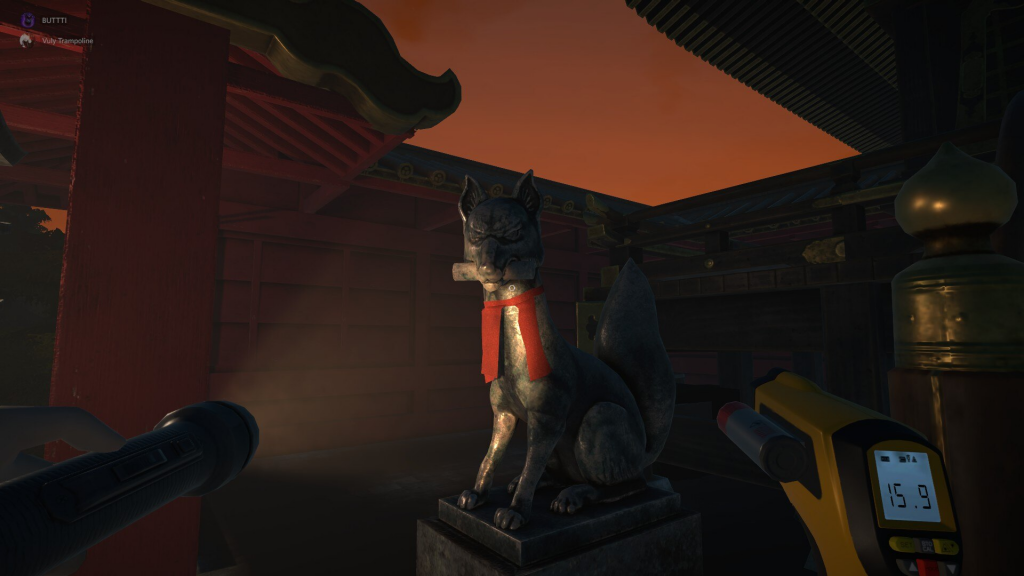
It made me feel guilty about how little Shinto I’ve been incorporating into my life lately. Judaism is my main focus now but I still have these other aspects of faith inside of me. I’m still an Animist, because of Shinto. (Despite this, you may also remember that until Freya died, I went back and forth with myself about whether I believed in ghosts, somehow).
I should clarify real quick here that by “Animism” I mean the belief that objects, plants, landscapes etc. may have a soul or spirit. Unfortunately, there was once an interesting documentary on Netflix about people with Objectum-Sexuality a.k.a. people who are sexually and/or romantically attracted to objects, and they called it . . . . Animism: People Who Love Objects. So I think that certainly contributed in the decline in me talking about it.
So anyway, here are some of my deities, in no particular order.
El אֵל
No surprise I’m starting with, God. Or, who I’m usually referring to when I say “God” in conversation. El, God of the Hebrews, is my primary deity in life now. El was actually worshipped before Judaism, by the cultures we evolved out of, particularly the Canaanites, Phoenicians, Sumerians/Akkadians/Assyrians/Babylonians. You can read this interesting slideshow about it here, I assume it’s meant to go along with a presentation done by somebody but it was easy enough to follow.

There is some debate on whether El and Yahweh are the same person/deity. Personally, I think so, I don’t think Yahweh is anybody separate, but people have differing views on this and everyone’s faith has to be right for them. The problem with trying to follow a faith so ancient is that numerous inaccuracies come from the sheer amount of time that has passed, damage to archaeological ruins, mistranslations, people changing the religion to suit themselves, and people straight-up trying to erase it from the earth altogether. So, there’s some understandable confusion here.
I’m about to add some more. I also personally conflate El with the Demiurge/Chnoubis/Yaldabaoth concept. So, in short, I believe El can also look like this:

The Demiurge concept makes sense to me because I believe that God, like other gods, belongs to a bigger power/being. However, unlike Gnostics I don’t believe that he’s trapping us here. I think the assertion that El is the biggest and most supreme being/ the only deity who exists is largely from humans who wanted to enforce monotheism, although El himself certainly does like to flex.
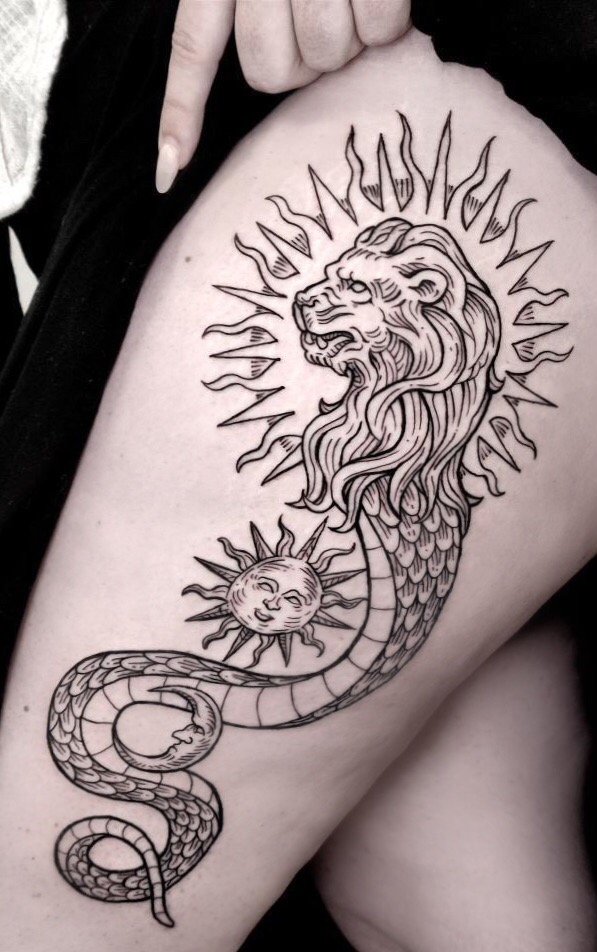
There is a Wikipedia page on El if you’d like to know more, however bear in mind that literally anybody, anywhere, can edit Wikipedia to say whatever they want, and it may not be found for a while. Even if you are not religious I recommend watching The Prince of Egypt (1998), which I feel conveys my perspective of God somewhat.
“According to The Oxford Companion to World Mythology,
It seems almost certain that the God of the Jews evolved gradually from the Canaanite El, who was in all likelihood the “God of Abraham” … If El was the high God of Abraham—Elohim, the prototype of Yahveh—Asherah was his wife, and there are archaeological indications that she was perceived as such before she was in effect “divorced” in the context of emerging Judaism of the 7th century BCE.”
More on Asherah, later.
Amaterasu 天照大神
It’s hard to find much about Amaterasu now without being directed to things about her incarnation as a wolf in the Ōkami games. She is the goddess of the sun, and an important Shinto goddess in Japan in general. She is also seen as the mythical ancestor of the Japanese imperial family.

Amaterasu has always spoken to me, although at the same time, she has always felt quite distant, perhaps due to the fact that I don’t live in Japan.
I do very much love and appreciate the Ōkami games (I’ve only played the first one, though), and these have taken on an additional meaning for me since Freya’s death. She used to walk right up to the television when we were playing it because she clearly recognised the dog-like shape. There are a lot of recognisable canine mannerisms, too.
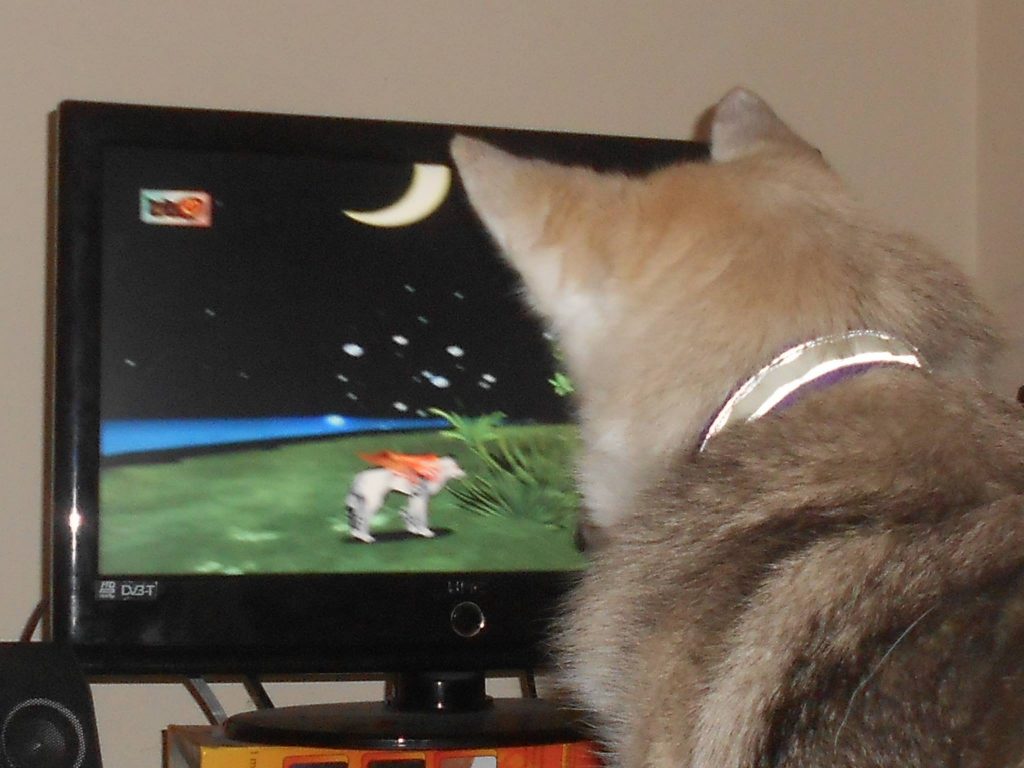
Amaterasu is also believed to sometimes take a snake form, particularly as a guardian, and somewhere I have a gorgeous snake candle holder that I used to light candles for her on.
People disagree about whether Tsukuyomi, a moon god, is her husband or whether she is a virgin; it’s interesting how often the idea of a god having a spouse is swept under the rug.
Cernunnos
Before my 20s, this is who I was referring to when I talked about “God.” Cernunnos (ker-noon-noss) is a stag-like god native to Celtic regions.
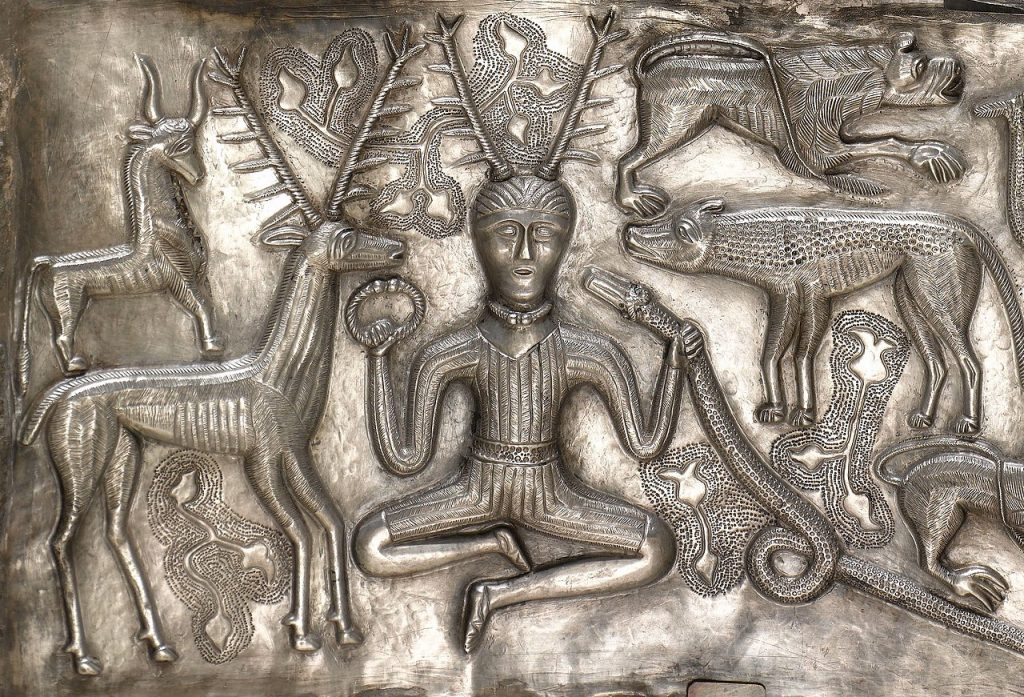
Cernunnos has a few associations, particularly deer and bulls. I personally believe he tends to be in the form of a stag most of the time.
There’s a few interpretations as to the lore of Cernunnos, sometimes just called “the horned god” (although there are a few) and often conflated with the Green Man, Herne the Hunter, Pan, and others.
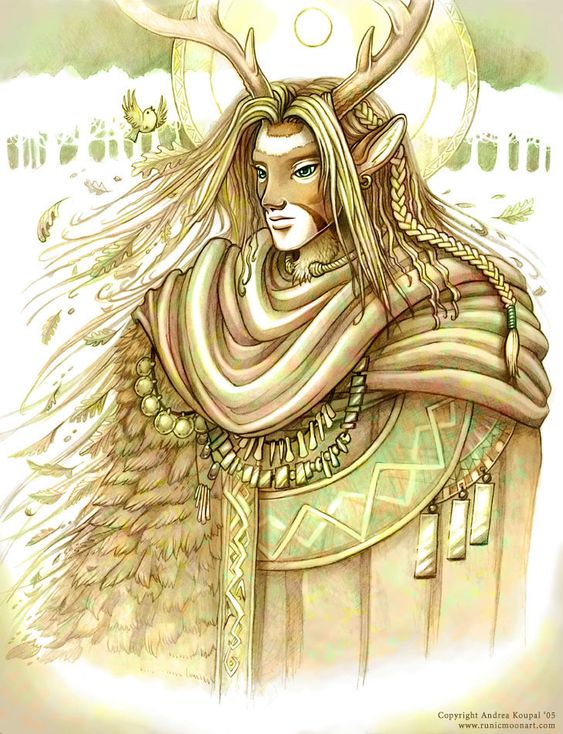
I was taught that Cernunnos is represented as the Oak King, in the story of the Holly & Oak kings. The Holly King was a hare, who I cannot remember being named, but my mother did say he could be seen as a “Hare in the Moon.” Cernunnos, as the Oak King, is at the height of his power at the Summer Solstice, when the Holly King is born, and the days start getting shorter. They fight for power at the Autumn Equinox, and Cernunnos loses, dying/becoming dormant at Samhain/Halloween, the new year. He is reborn again on the Winter Solstice, or at Christmas if you prefer, when the Holly King is at the height of power. Cernunnos wins the fight at the Spring Equinox, and the cycle continues.
However, some people apparently view the Oak and Holly King as both being Cernunnos, but different attributes of him.
Cernunnos still has a very special place in my heart, even though he’s not usually who I’m talking about when I talk about God. The stag is also a symbol for Will and me as a family.
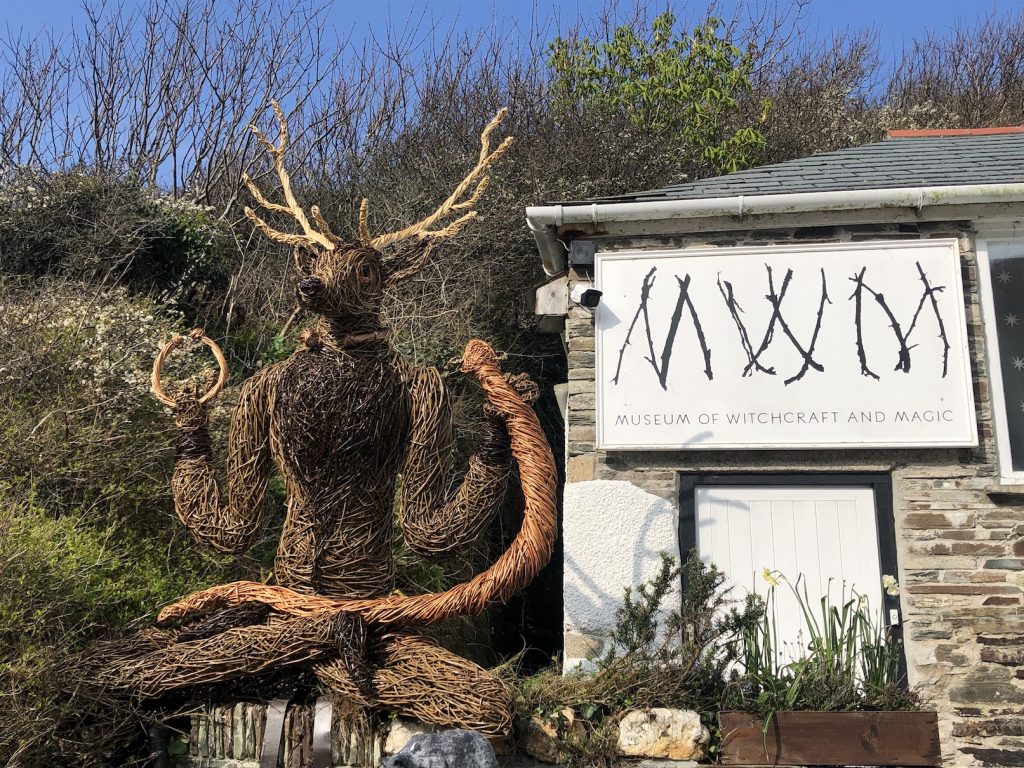
Anat עֲנָת
A ferocious goddess of war and hunting, daughter of El and Asherah. Perhaps strangely, Anat was adopted into the Ancient Egyptian pantheon, and her symbol became the Atef crown.
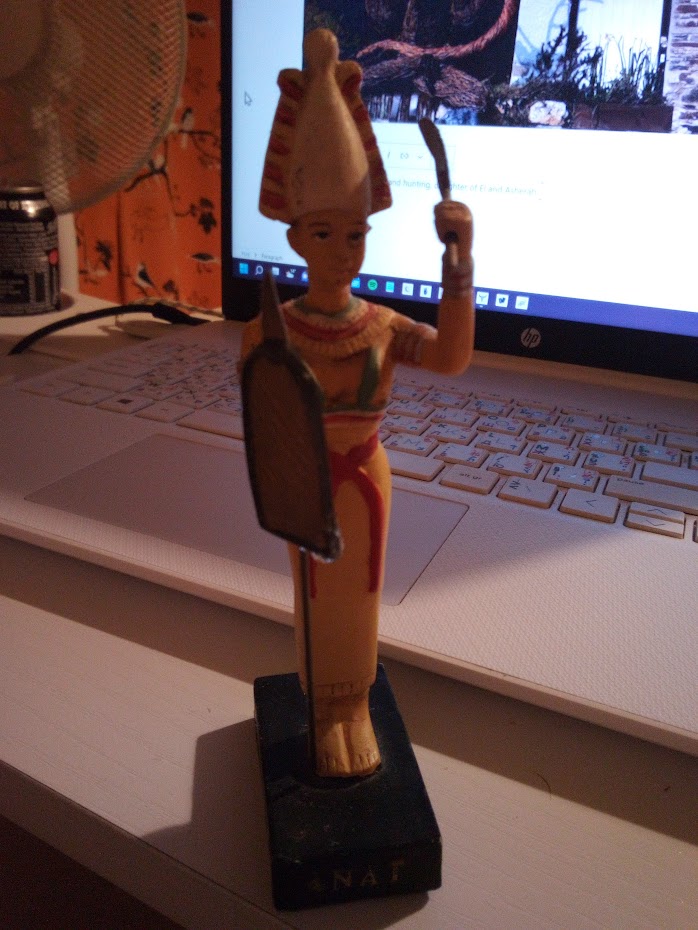
Greek and Roman equivalents of Anat are seen as Athena and Minerva respectively. There is some debate as to whether the goddess Astarte is the same or a different deity. Some instead believe that Astarte is instead an equivalent of Ishtar, whose Greek and Roman equivalents are seen as Aphrodite and Venus.
Anat is still a popular name in Israel, however, this is claimed to be because it is also the Hebrew word for “answer” (though traditionally it has been a male name when used this way) and apparently not because of the association with the goddess . . .
Anat is mentioned in the Hebrew Bible via a man named Shamgar ben Anat, “ben” meaning “son of,” and the place name of Beit Anat in the Galilee, which literally means “Temple of Anat.” As far as I know there are no other mentions, at least not remaining today.
Anat is known for fighting a human army, and I think she has definitely given me anger when I’ve needed it.
Asherah אֲשֵׁרָה
Asherah was actually worshipped in Solomon’s temple (a.k.a. THE temple) until King Josiah, who cut her statues down. This is even mentioned in 2 Kings 23:14. But beyond that, modern Judaism very much seems to deny her existence, never mind the fact that she is our god’s wife!
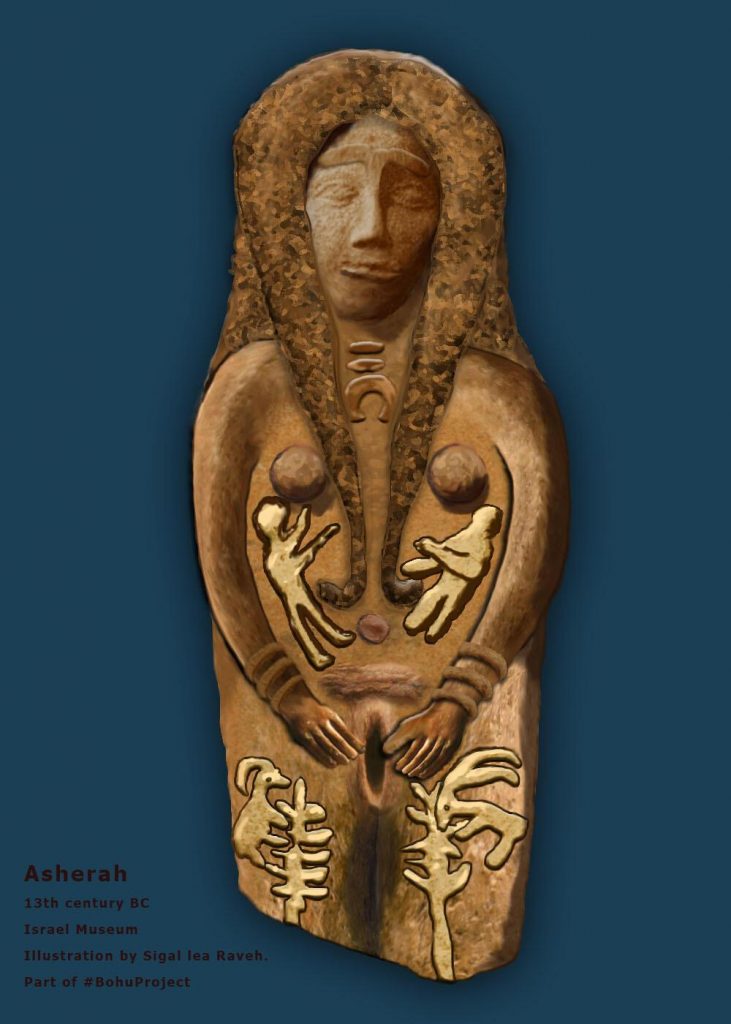
I have done some work with Asherah in the past and I also believe she is likely the Shekinah, but I felt like she was pushing me more towards her daughter, Anat.
There’s some speculation she may be the same deity as Hathor, another goddess I’m fond of, portrayed with the head of a cow in Egypt. This is likely because of amulets depicting cows. She could also have been incorporated into Ancient Egyptian religion as Qudshu/Qetesh.
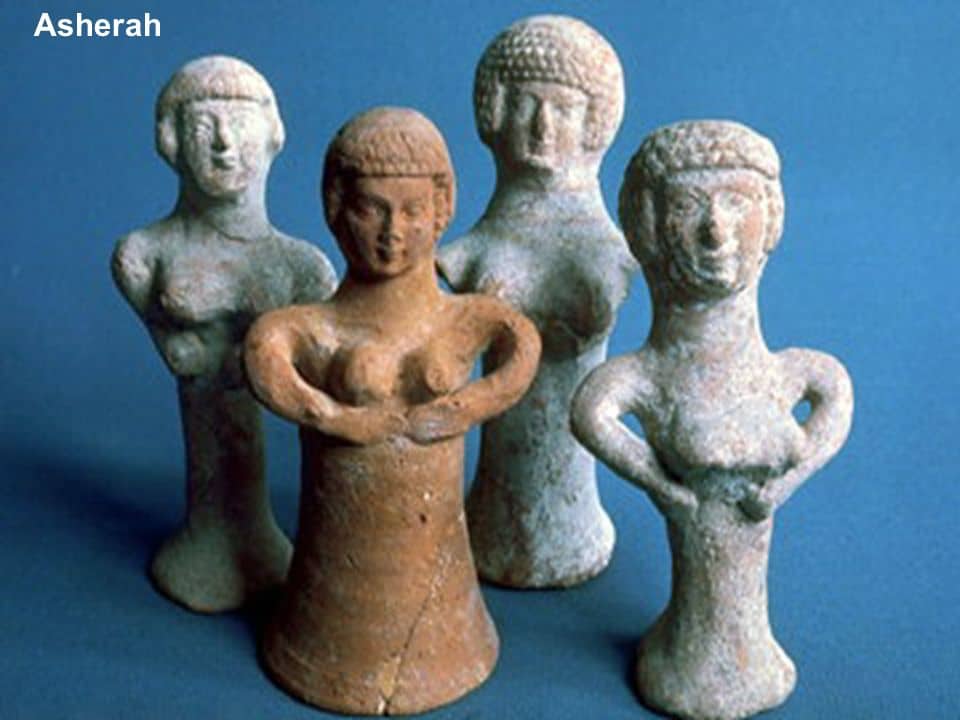
Inari 稲荷大神
Inari is the spirit of foxes, agriculture (especially rice), swordsmiths, businessmen, and quite a lot of other things depending on who you ask. Foxes are quite important symbolism for me for personal reasons, so I am quite drawn to Inari. Her messengers are kitsune, a type of fox-shaped yokai.
Inari is quite a popular kami and there is the concept of having a “personal Inari.” Equivalents are seen as Dakiniten in Buddhism, and Huxian in Chinese religion. Inari generally has the vibe of being a friendly, laid-back deity who can help with generalised prosperity in a variety of matters.

Ishtar 𒀭𒈹
Now here’s a tricky one; Ishtar is known by a few names and often conflated with other deities. Also known as Inanna and sometimes mixed-up with her sister Ereshkigal, and the Jewish demon Lilith, it’s confusing trying to learn more about Ishtar because of so much overlapping information and things that have been lost to time.
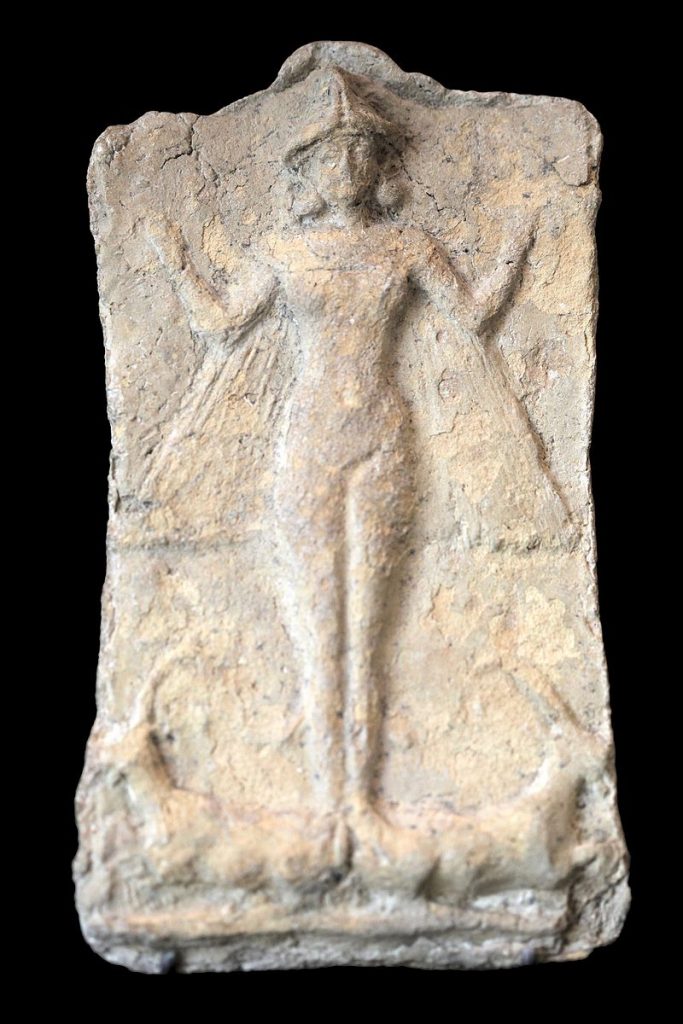
Known as the Queen of Heaven and the Queen of the Night (again, a title unfortunately bestowed on a few different goddesses of the Near East!), Ishtar is a goddess of warfare, love, sexuality, and fertility. I am not sure what it is that attracts me to her but I have always felt pulled in. Carved images of her evoke something in me that I can’t quite express, like a distant memory on the verge of being unlocked.
The Burney Relief is believed to be either Ishtar or Ereshkigal.
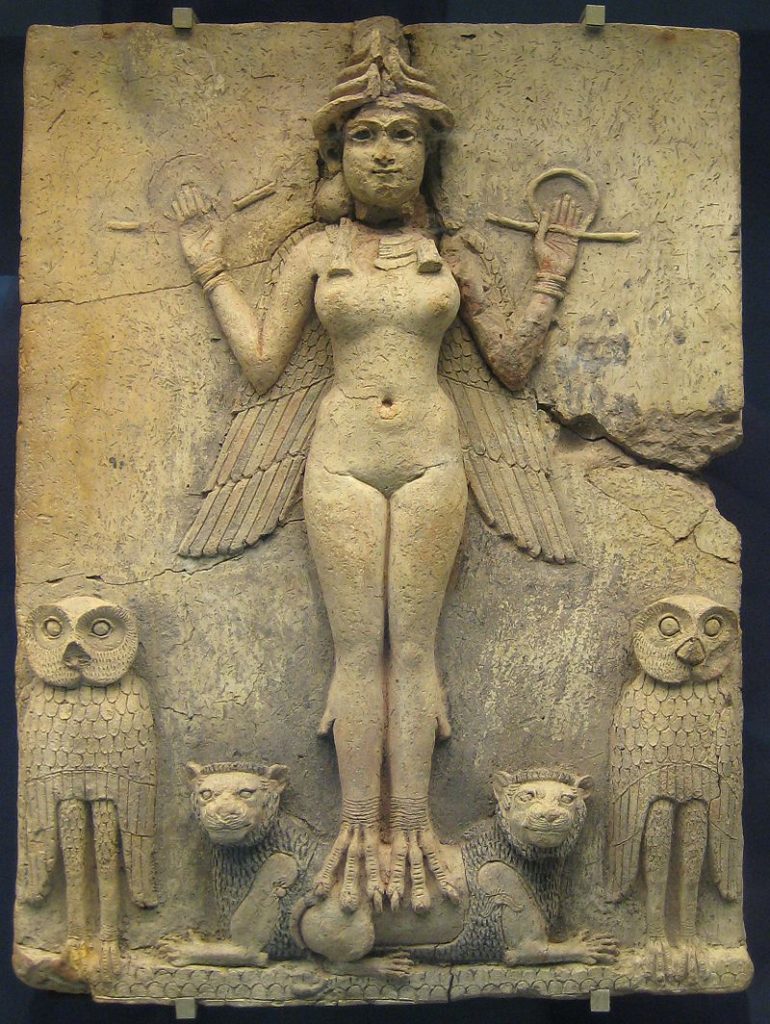
The Burney Relief is in the British Museum and I’d love to see it in person one day (not sure if it’s a resin replica as many of their things are, or if it’s the actual thing on loan).
I will probably get a print of it one day, or a lovely sculpture, because even if it’s not Ishtar, it is totally my vibe!
Other important deities are Hathor, Bastet, Sekhmet, and Anubis, but these are quite widely known so I probably don’t need to do sections on them. I will also give an honourable mention to Rosmerta, who my middle name comes from.
So, it’s easiest to just say I’m a Jew and stop there, and El is my primary deity, but there are still influences of Paganism and Shinto in my life, as well as early Jewish magic and mysticism. This is an interesting book, by the way.